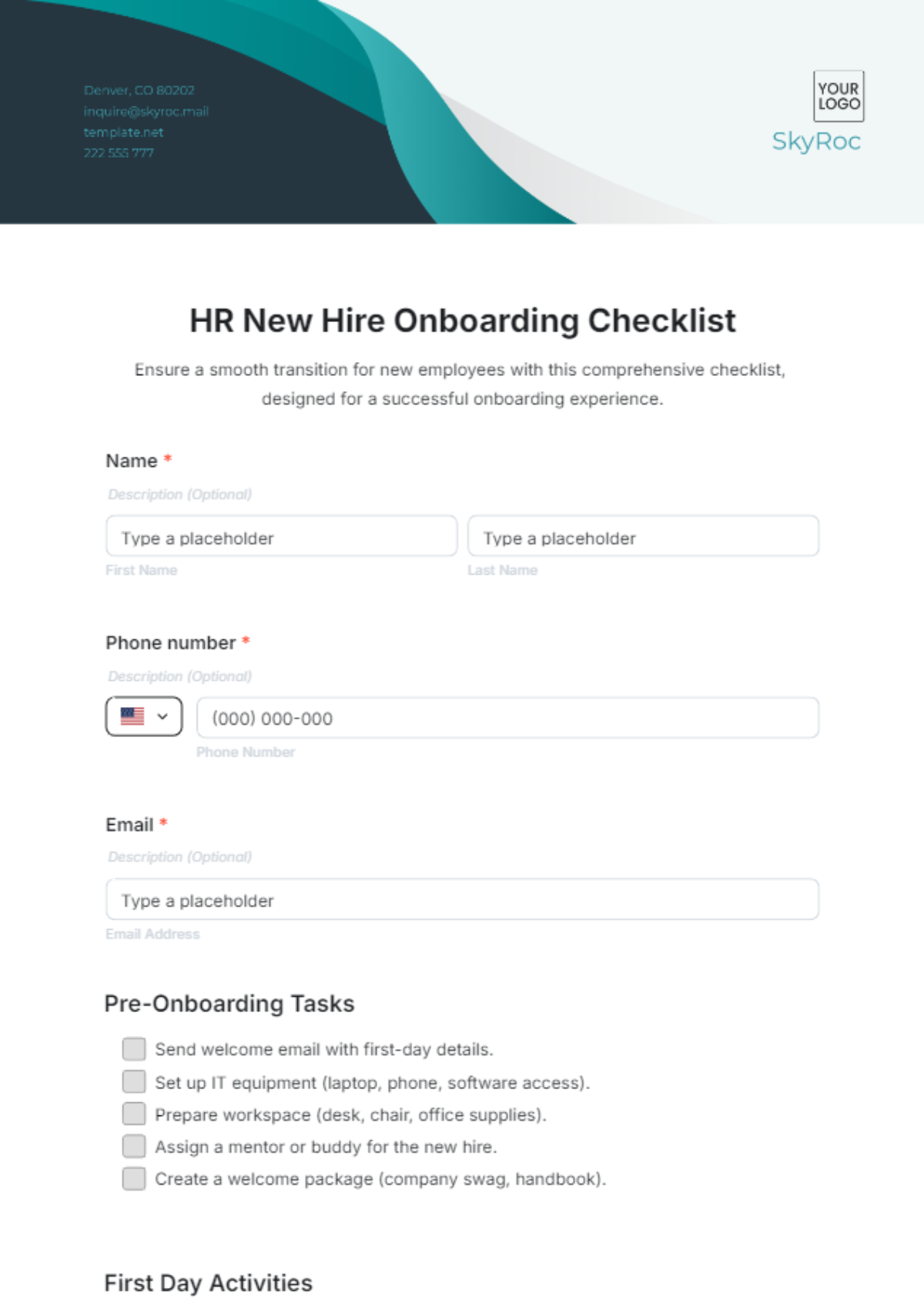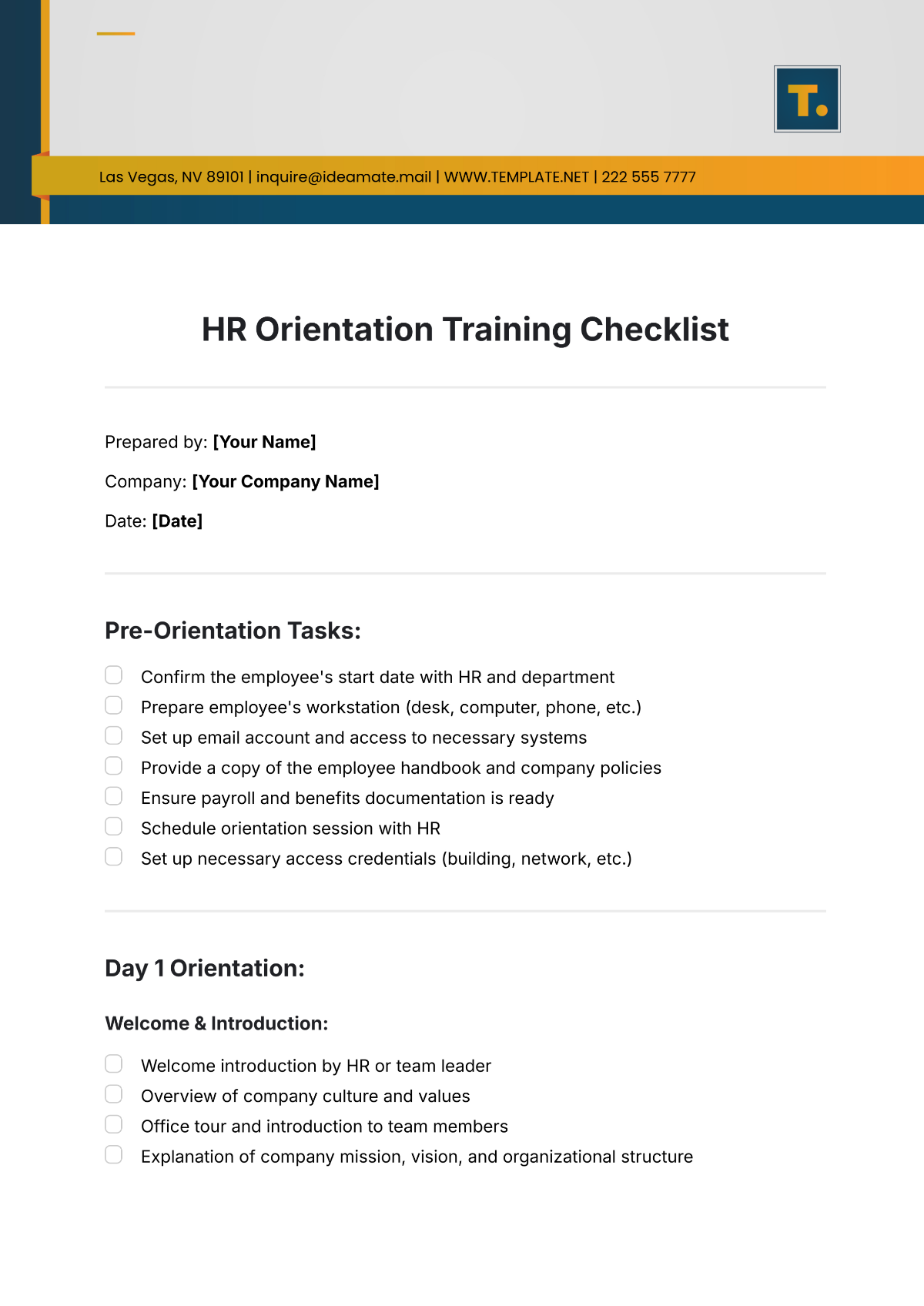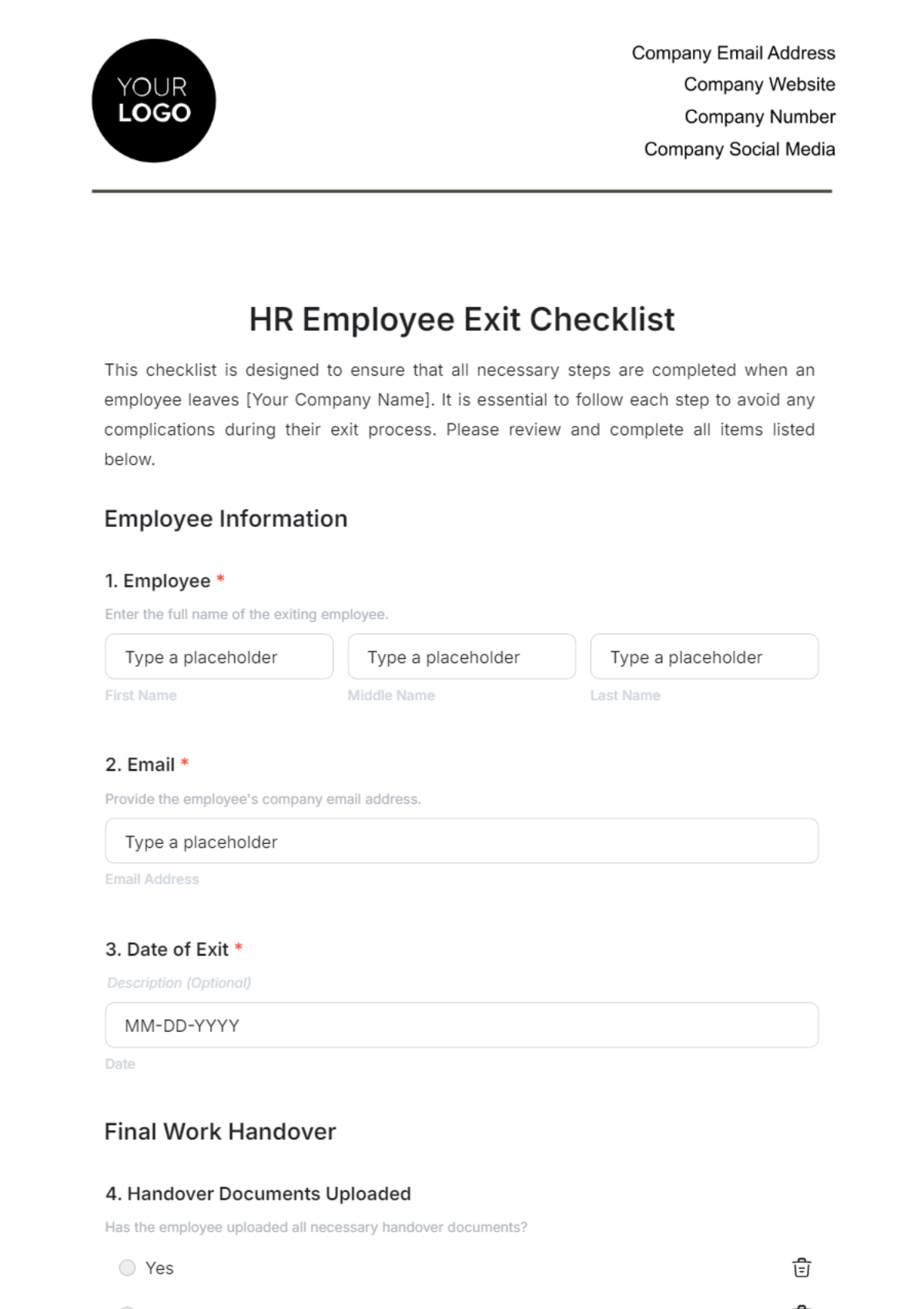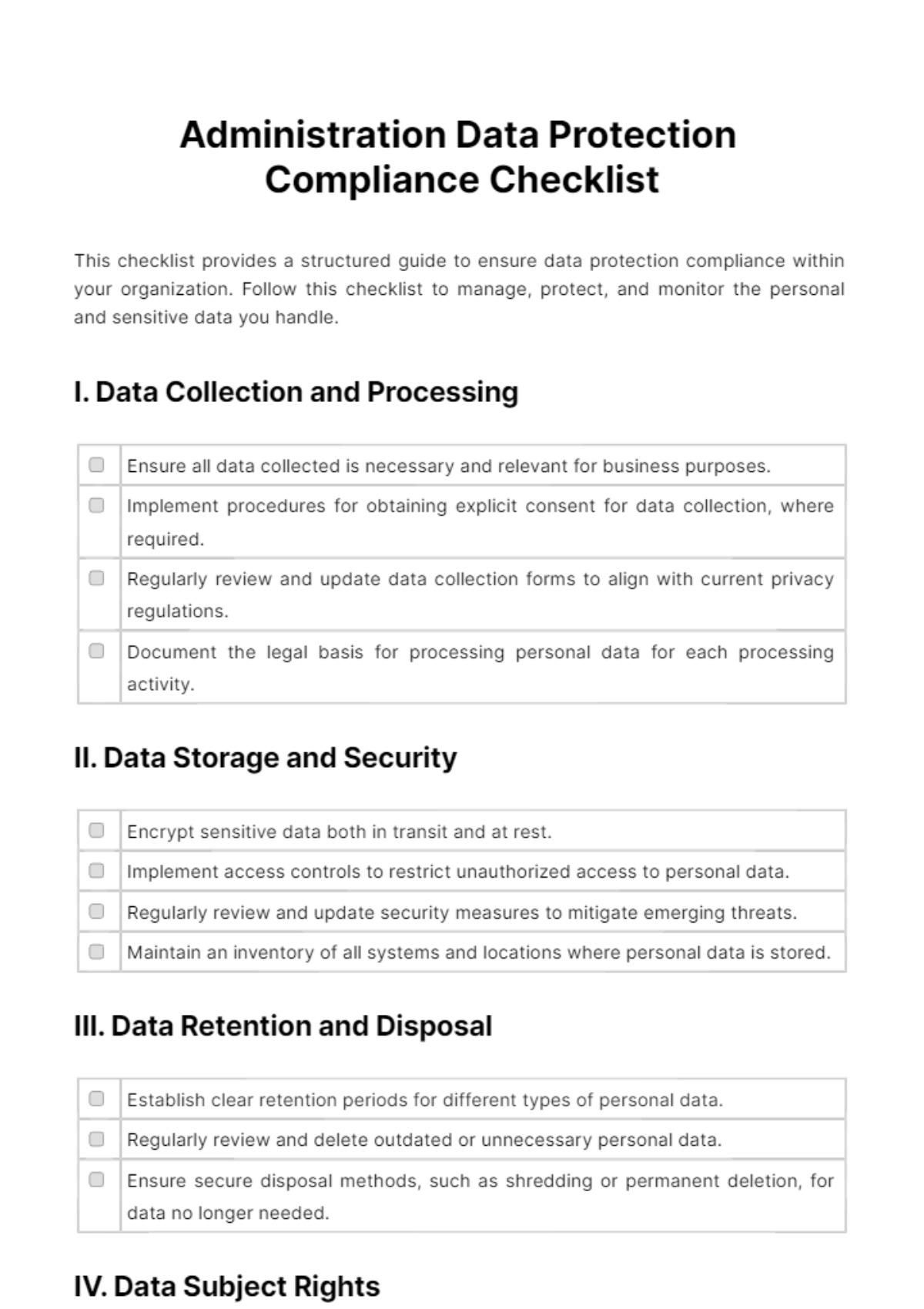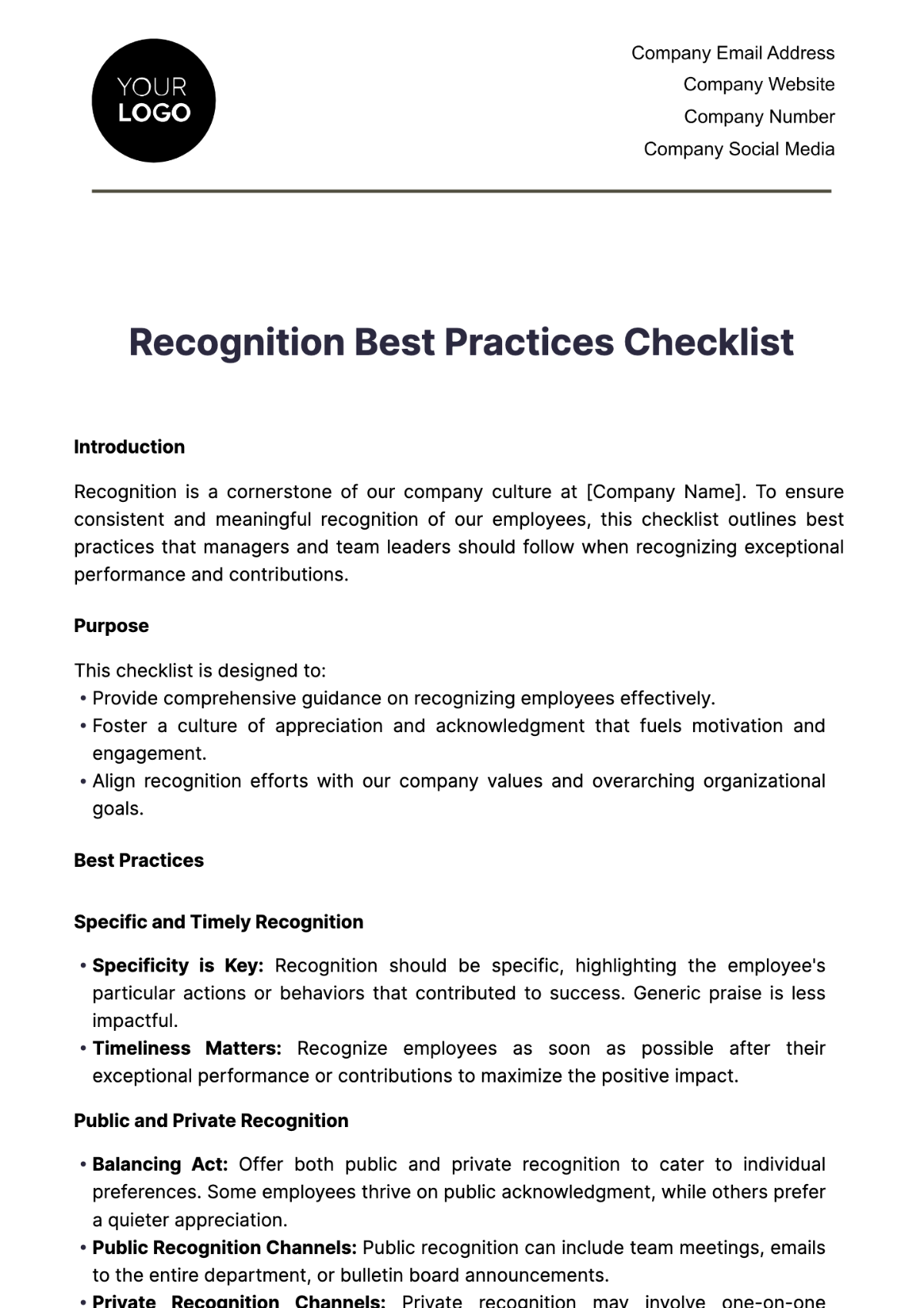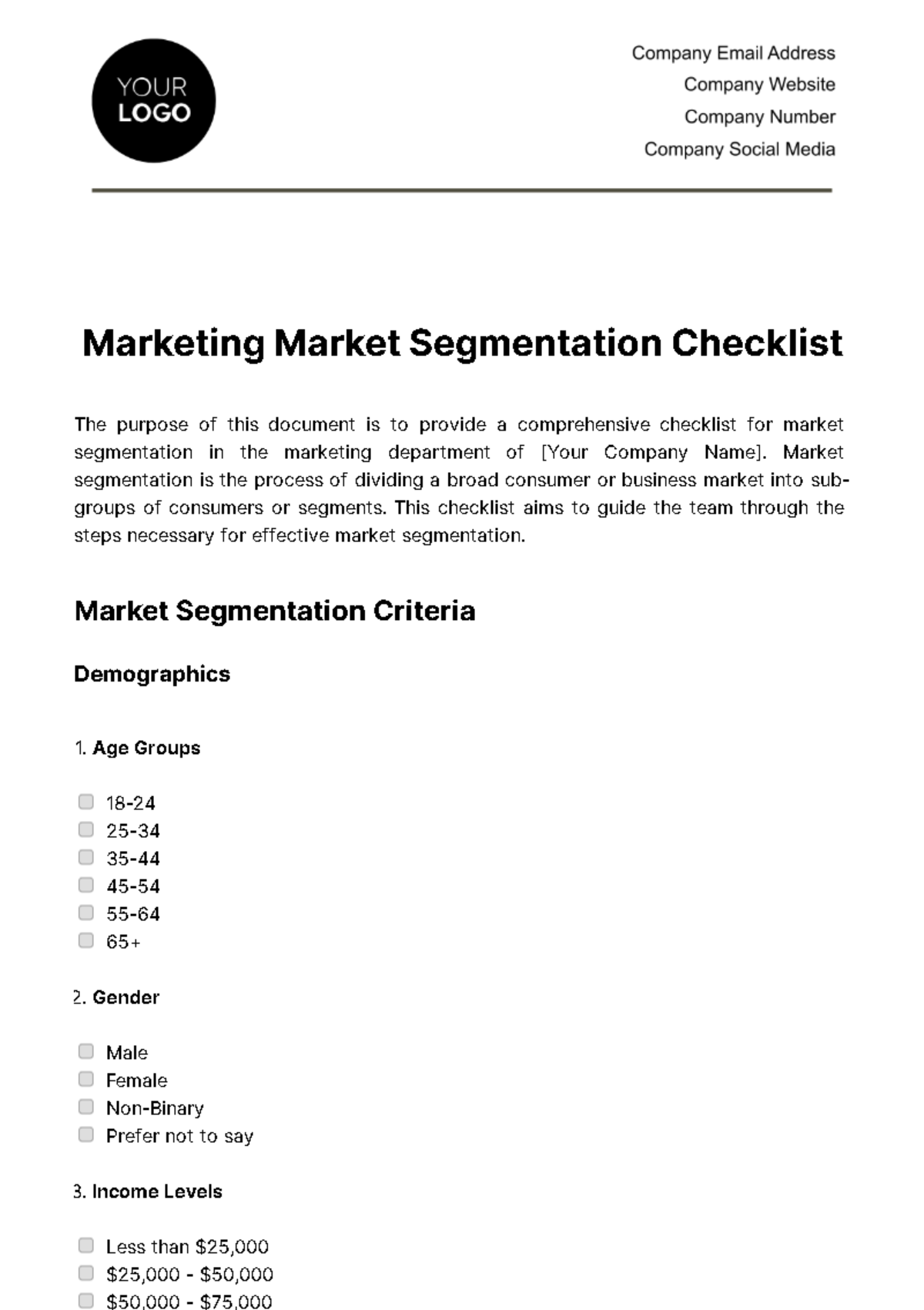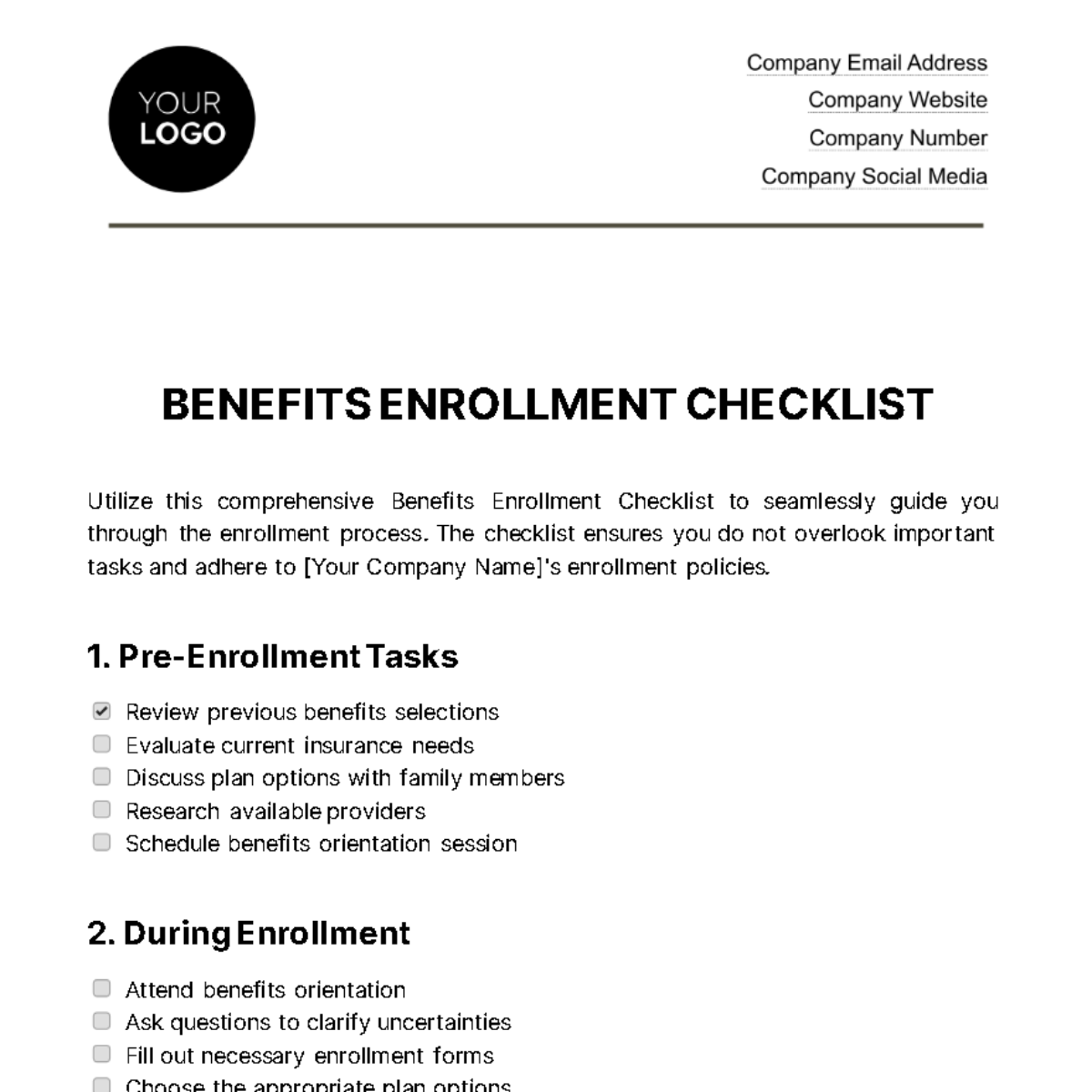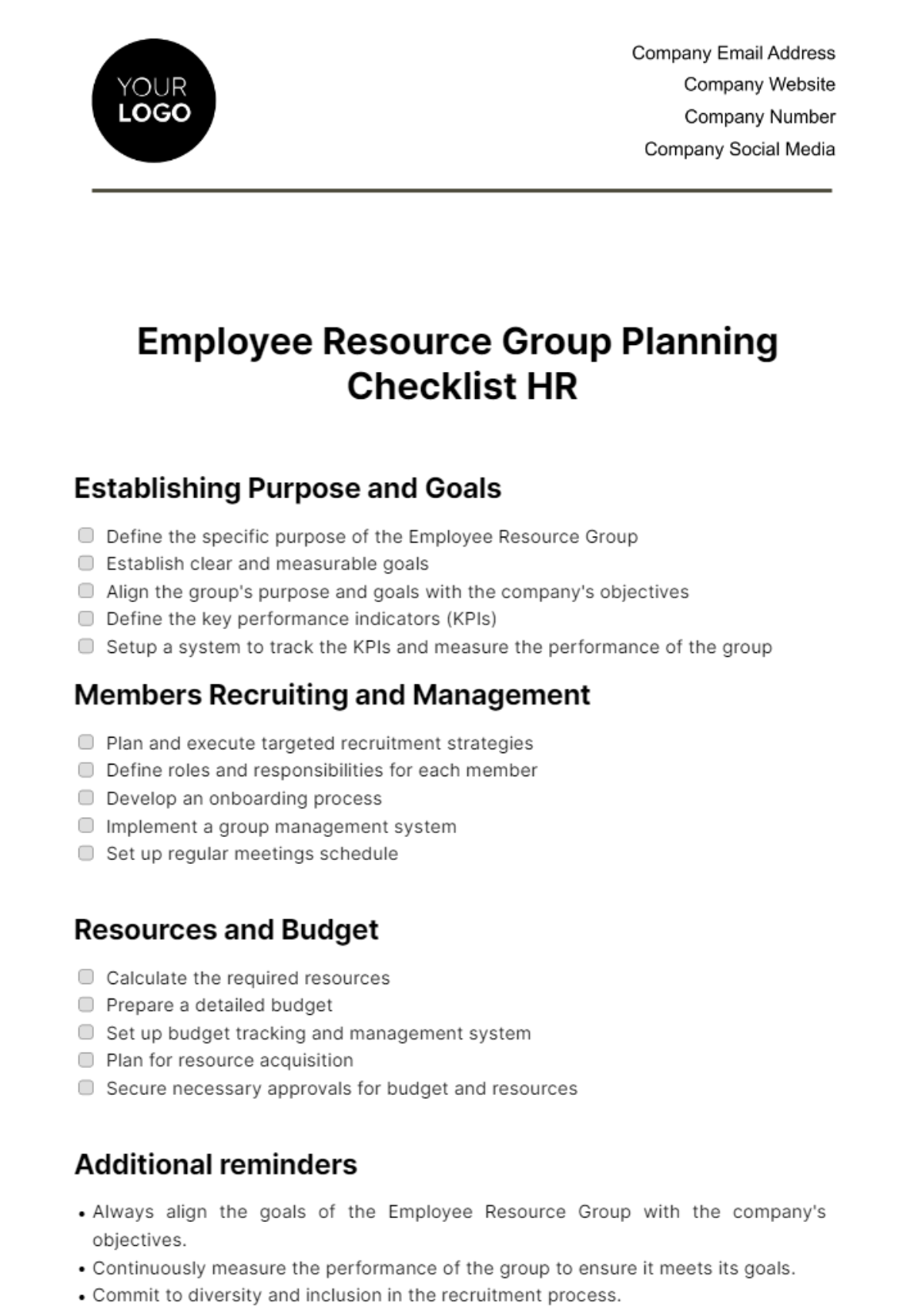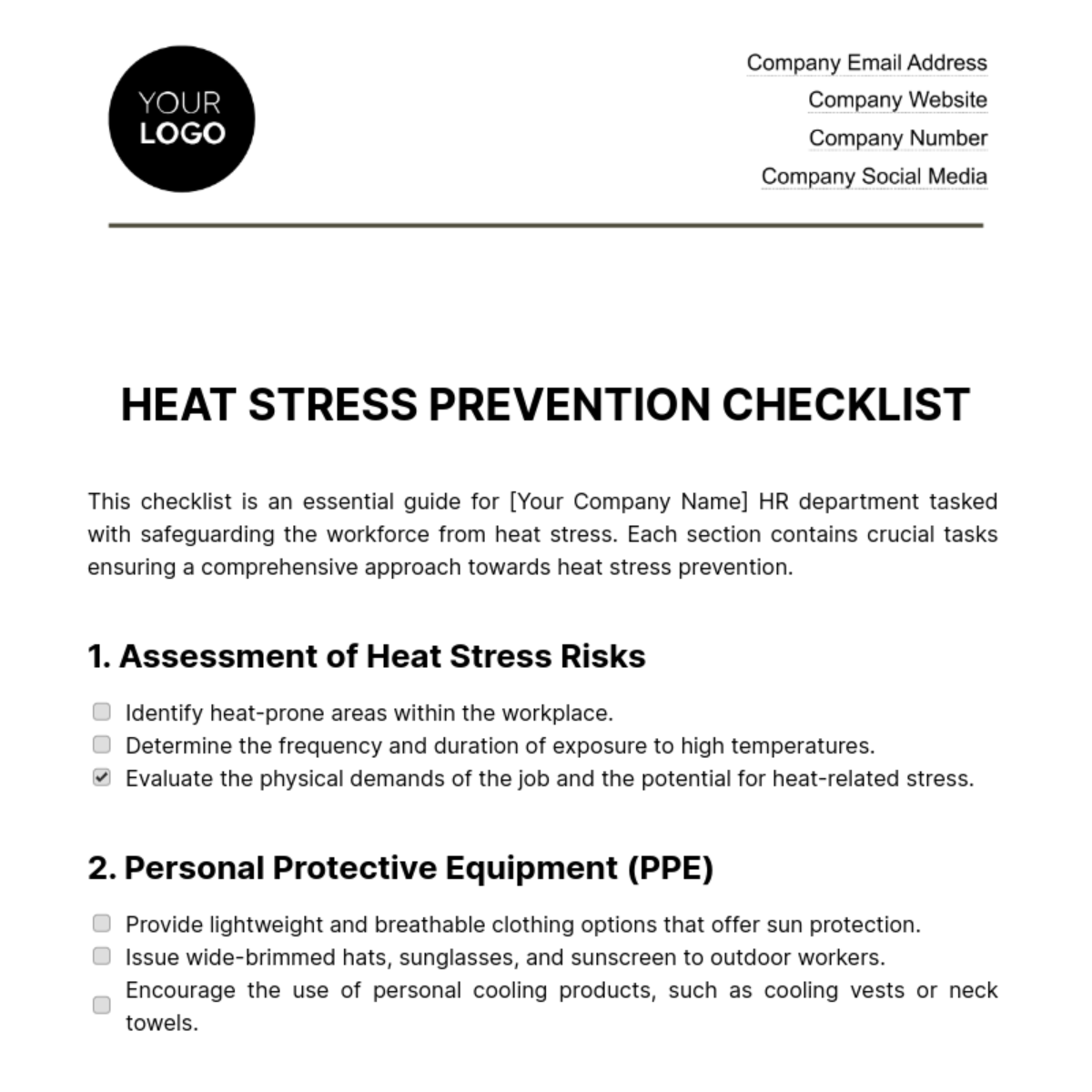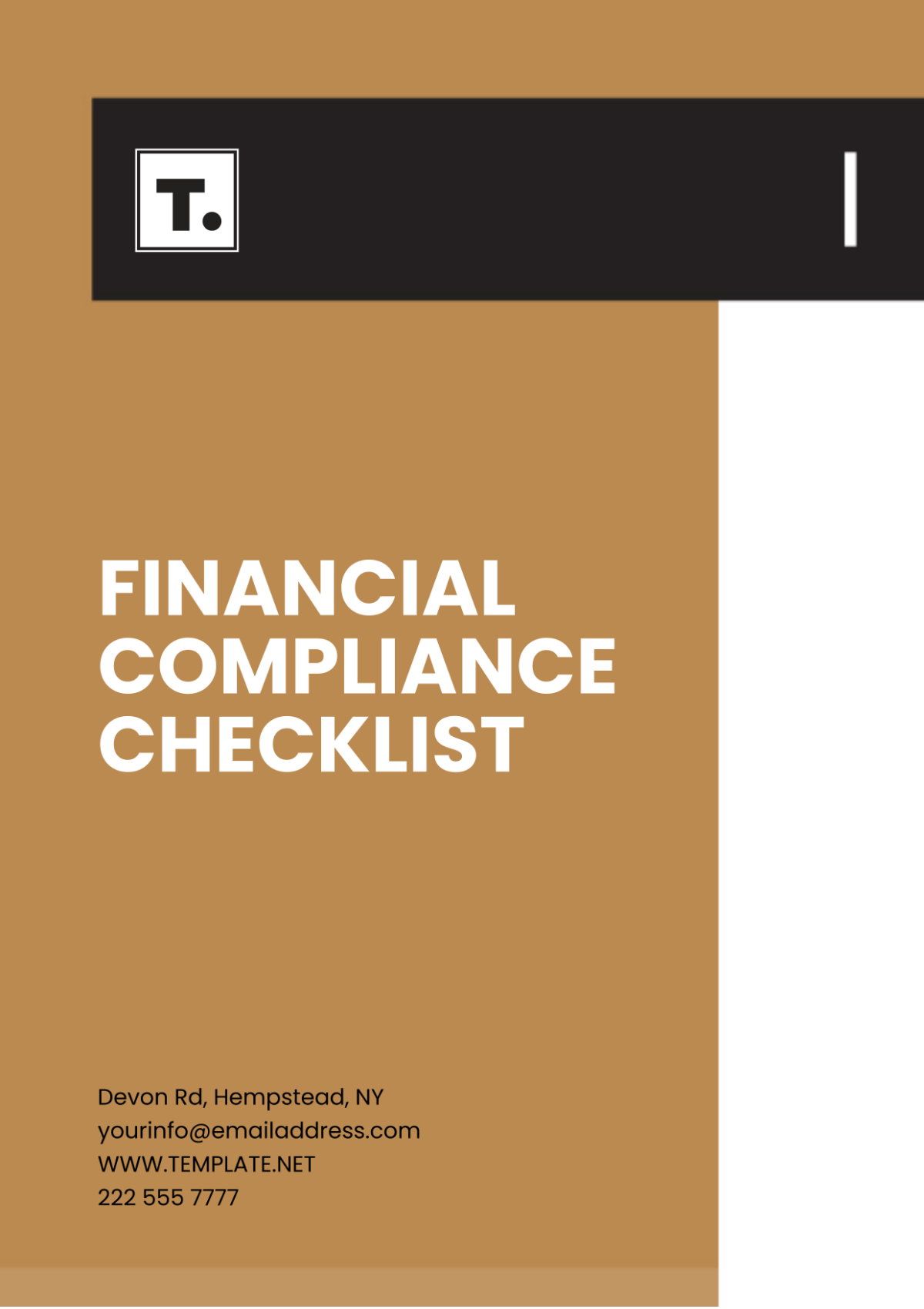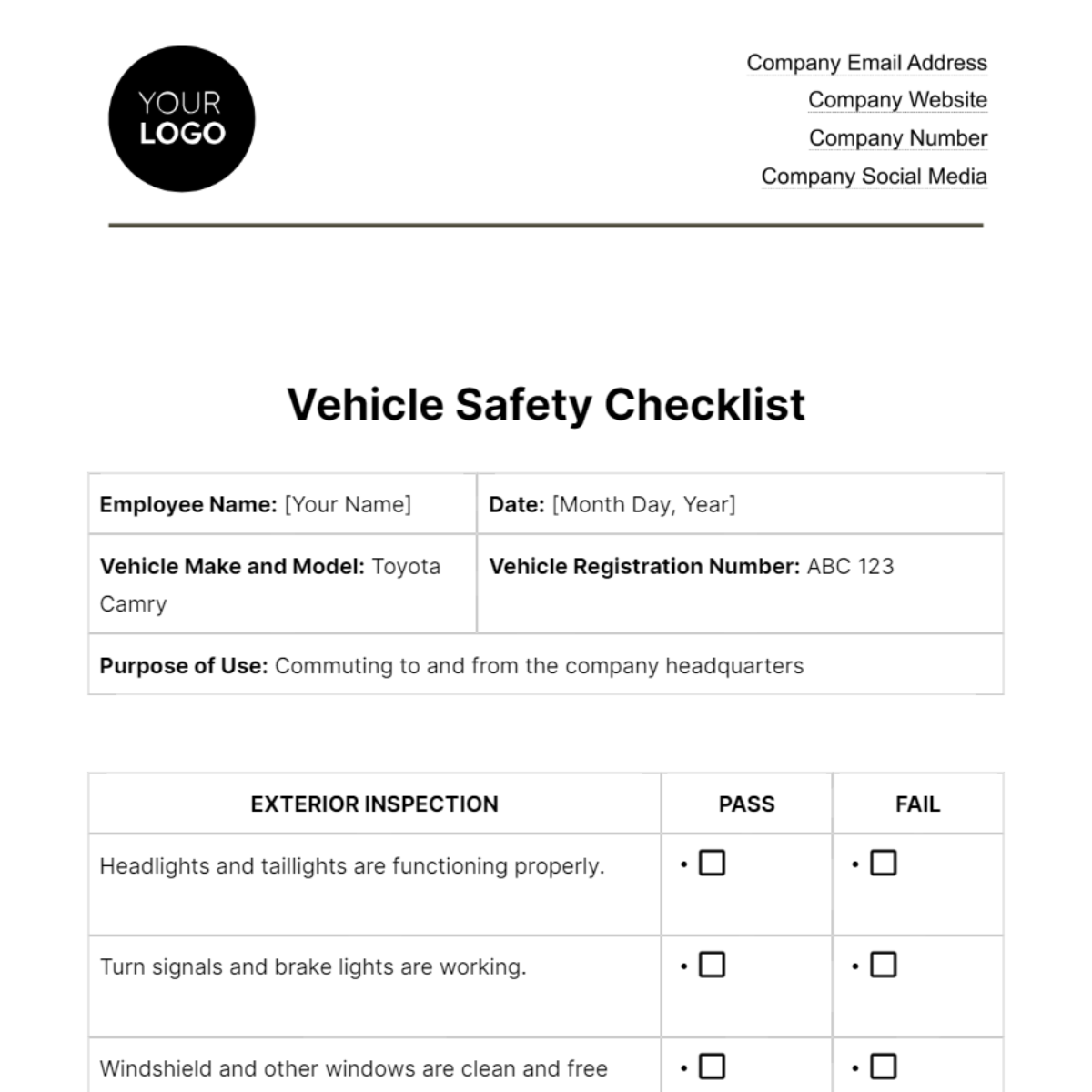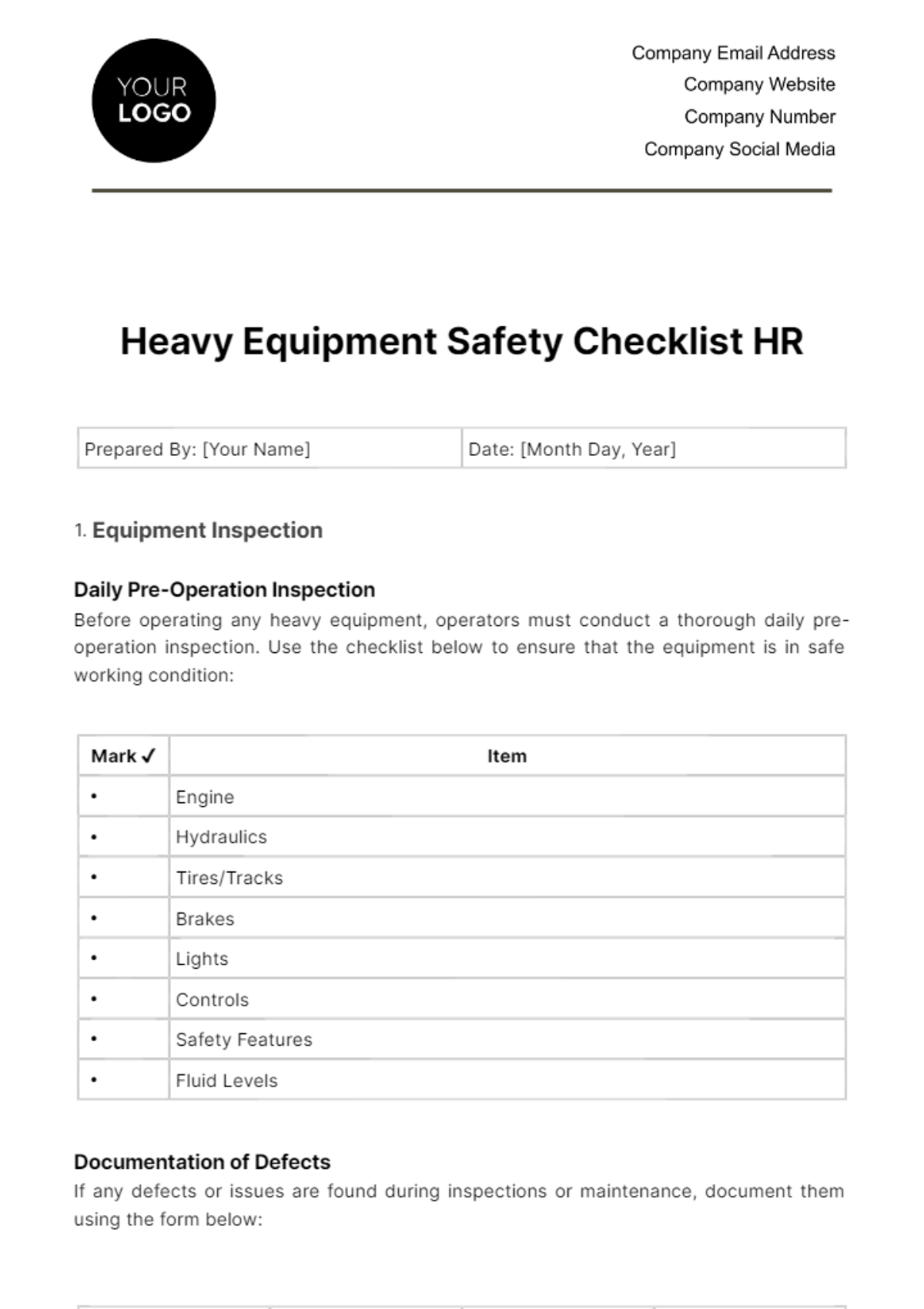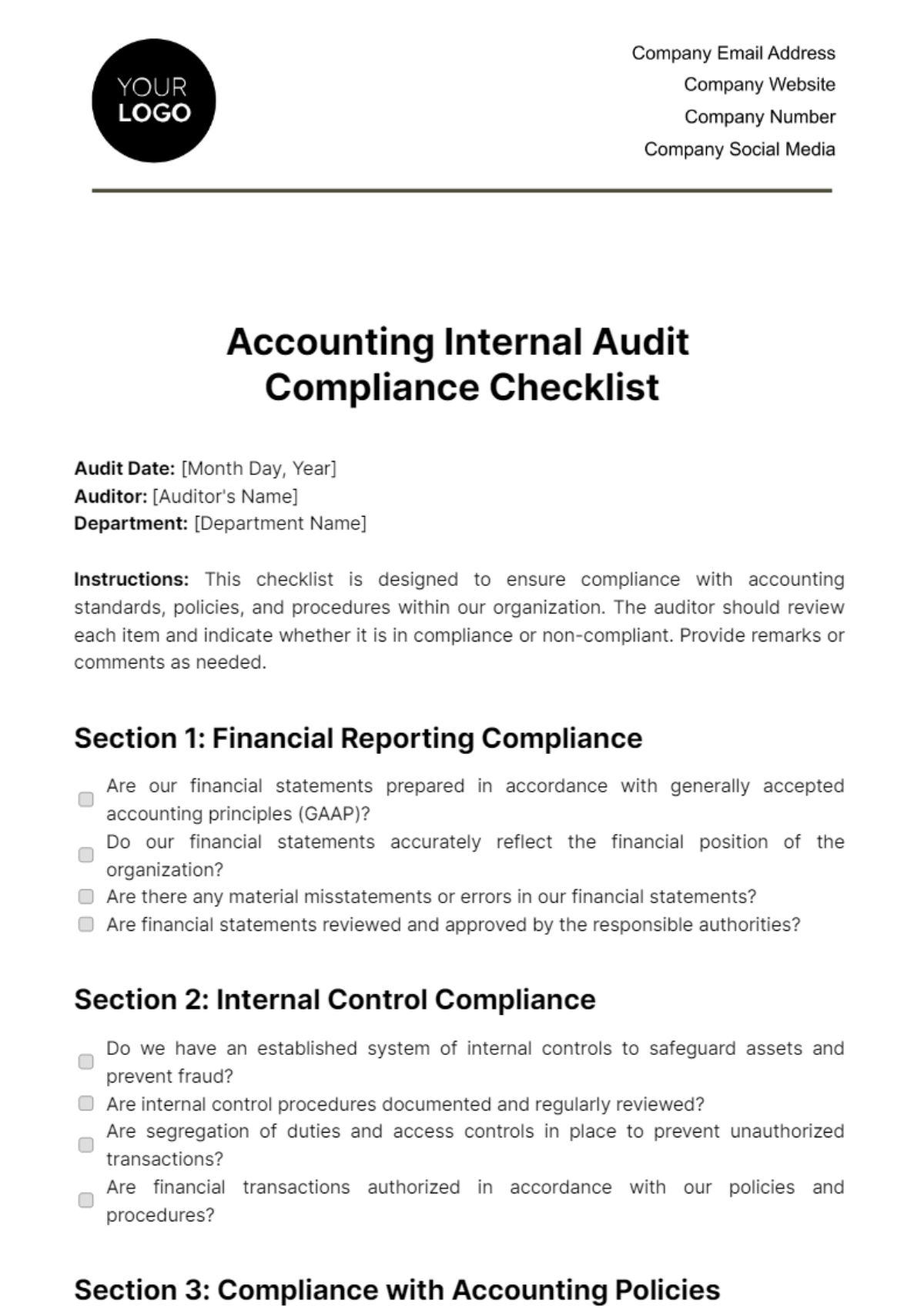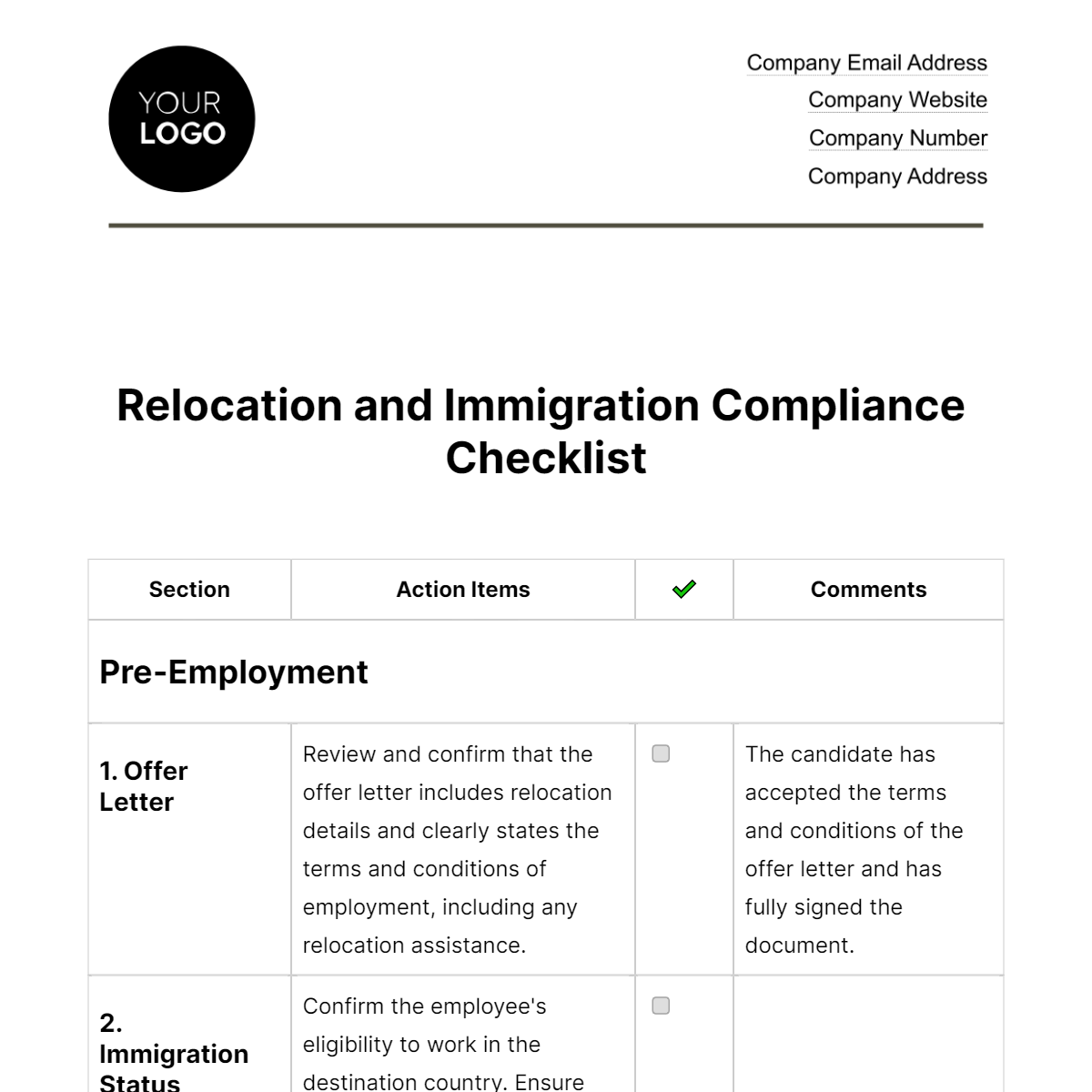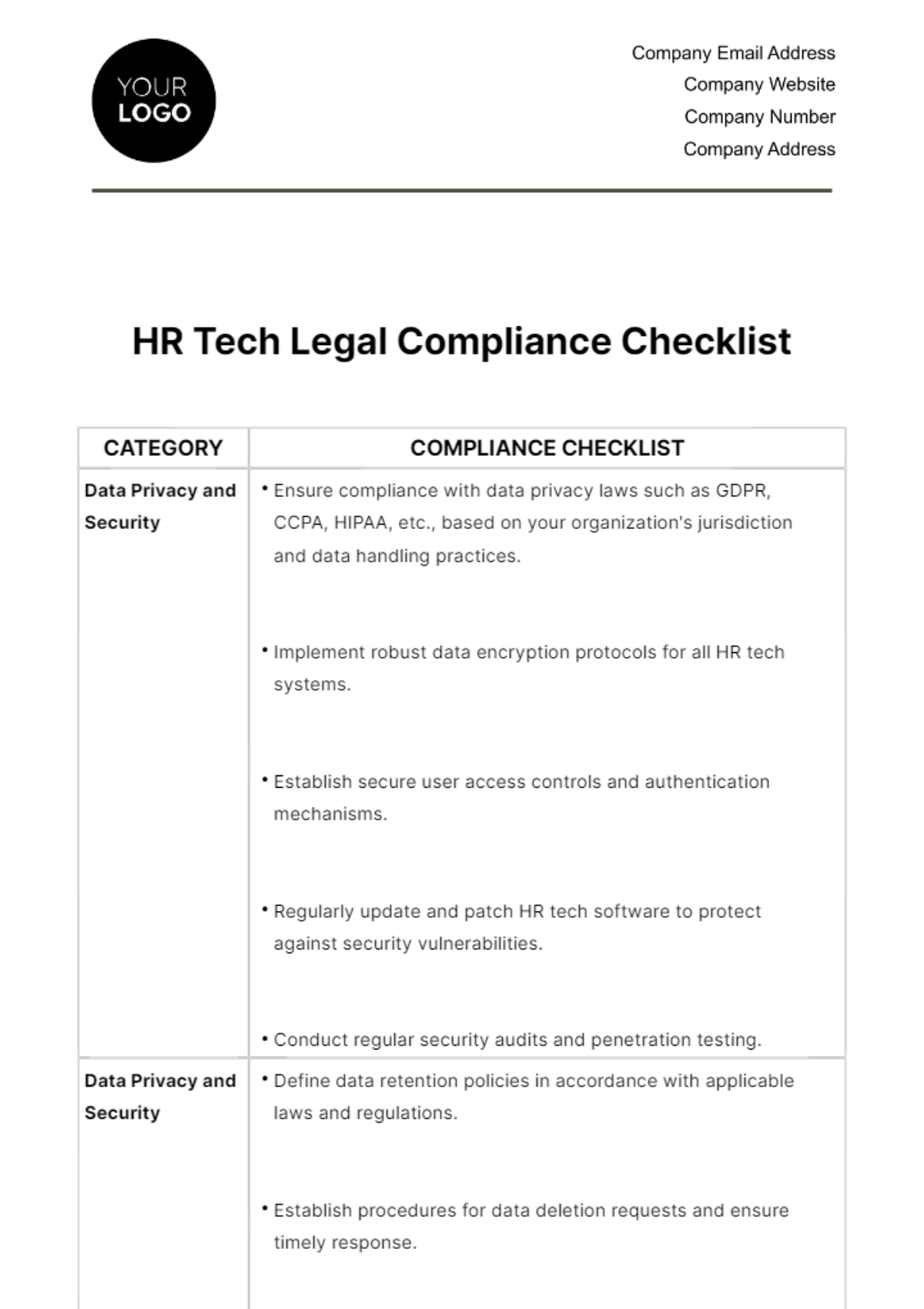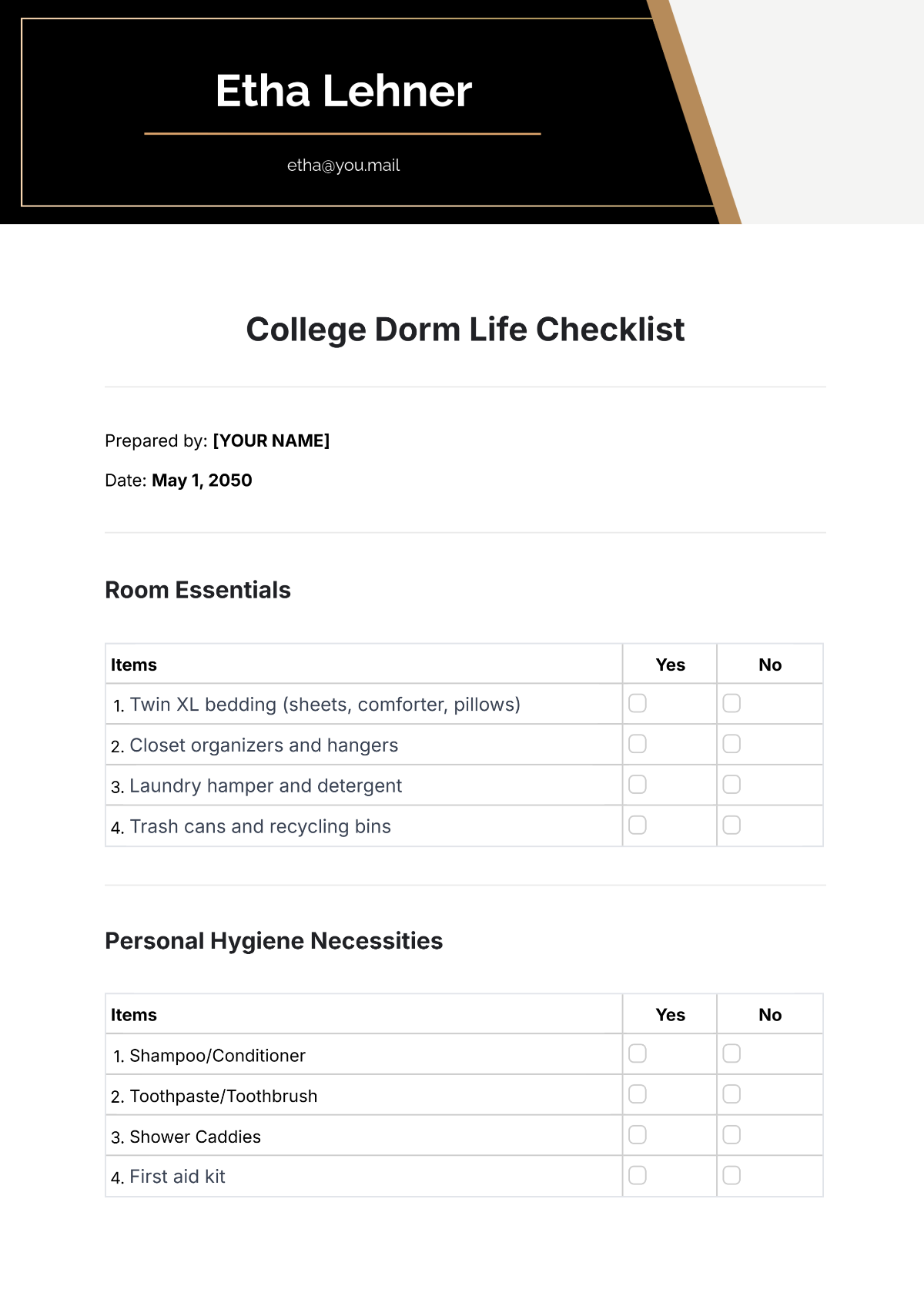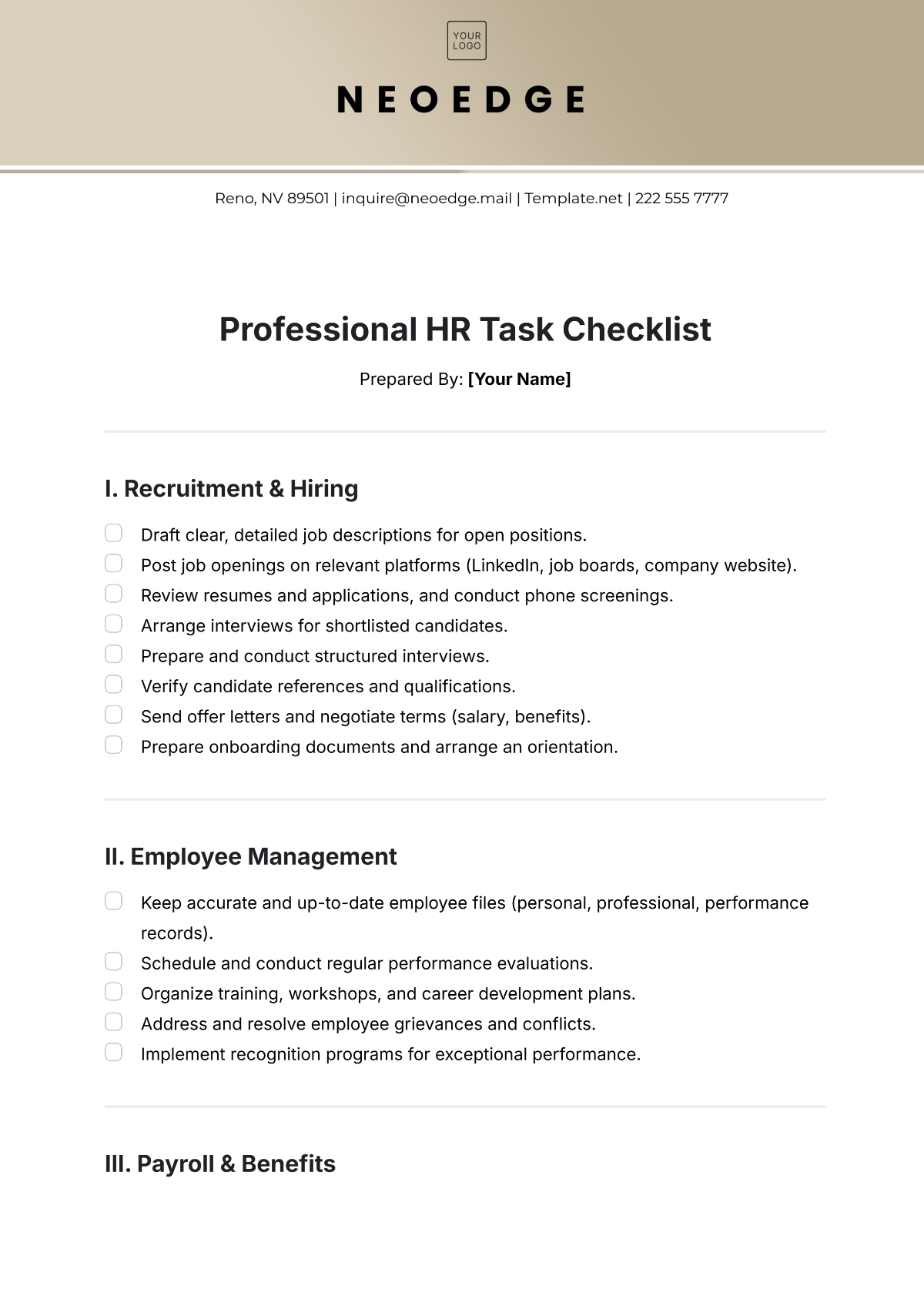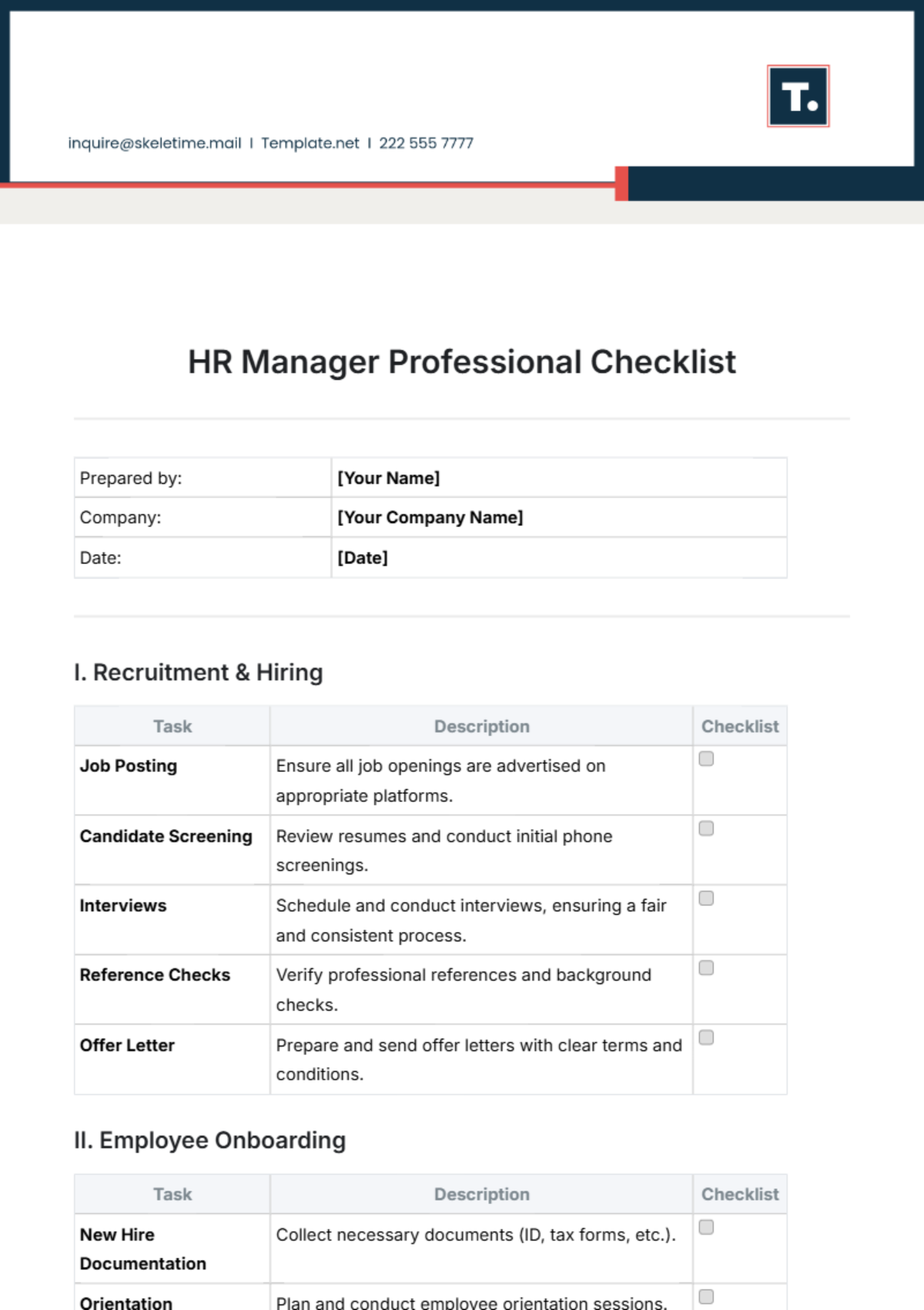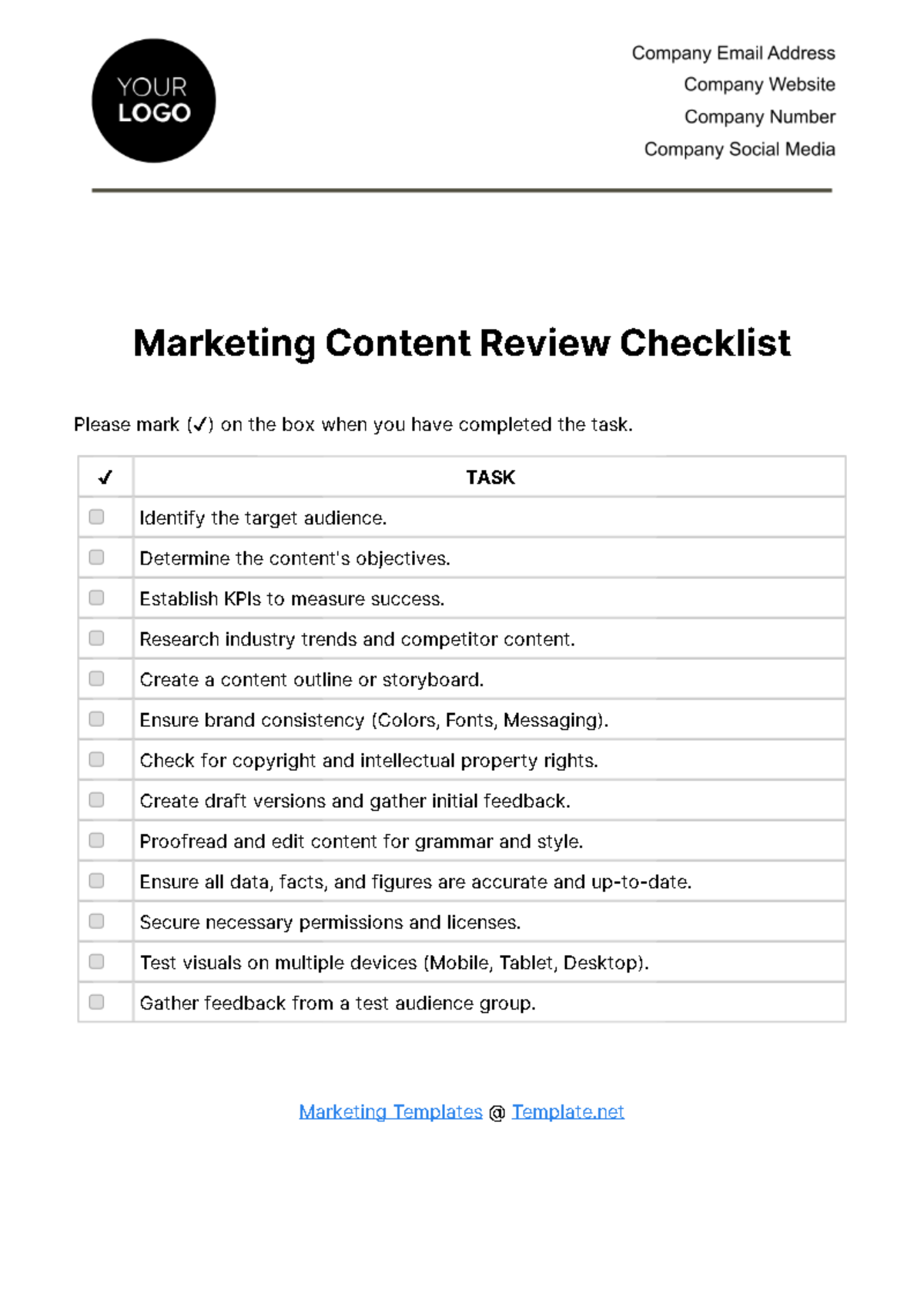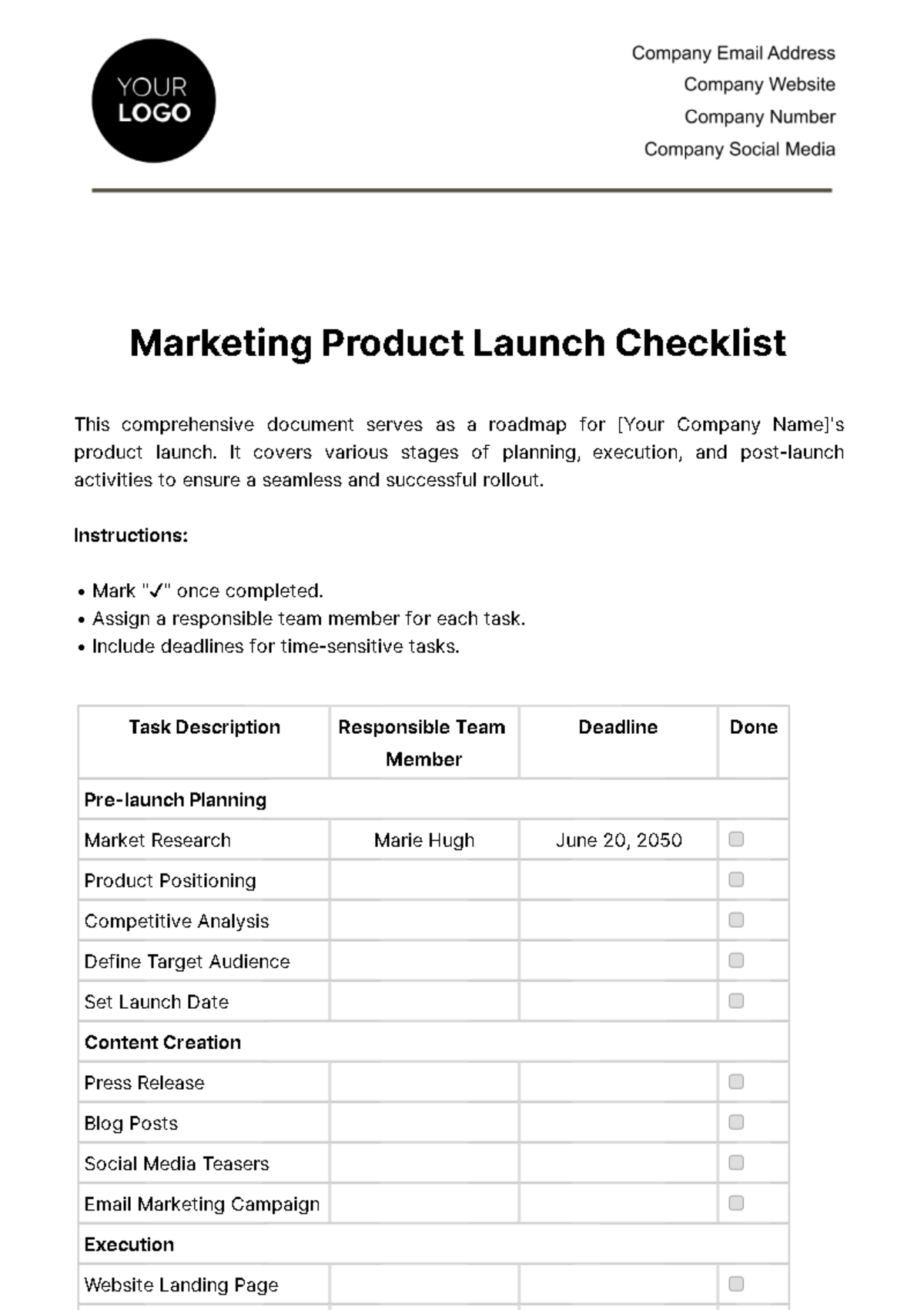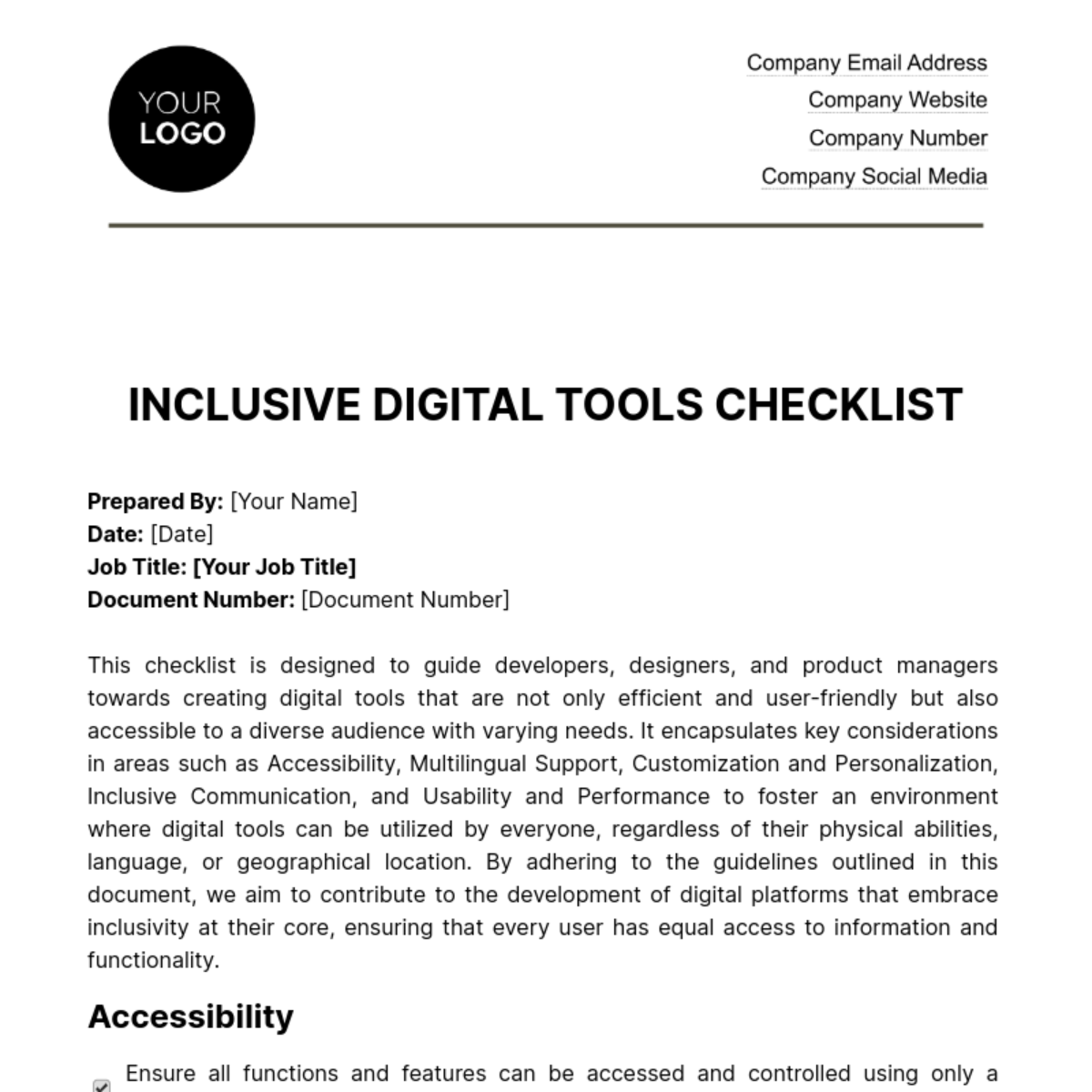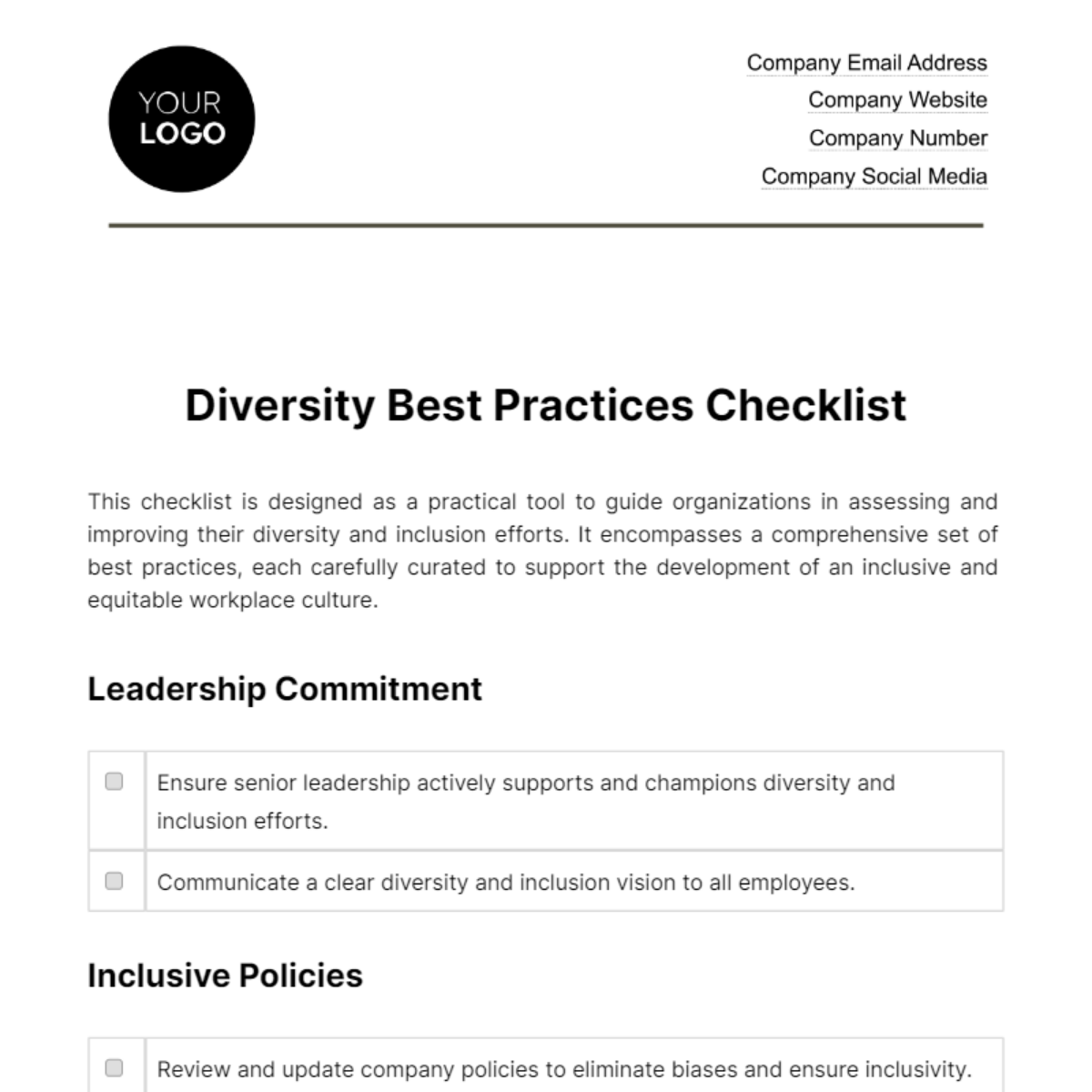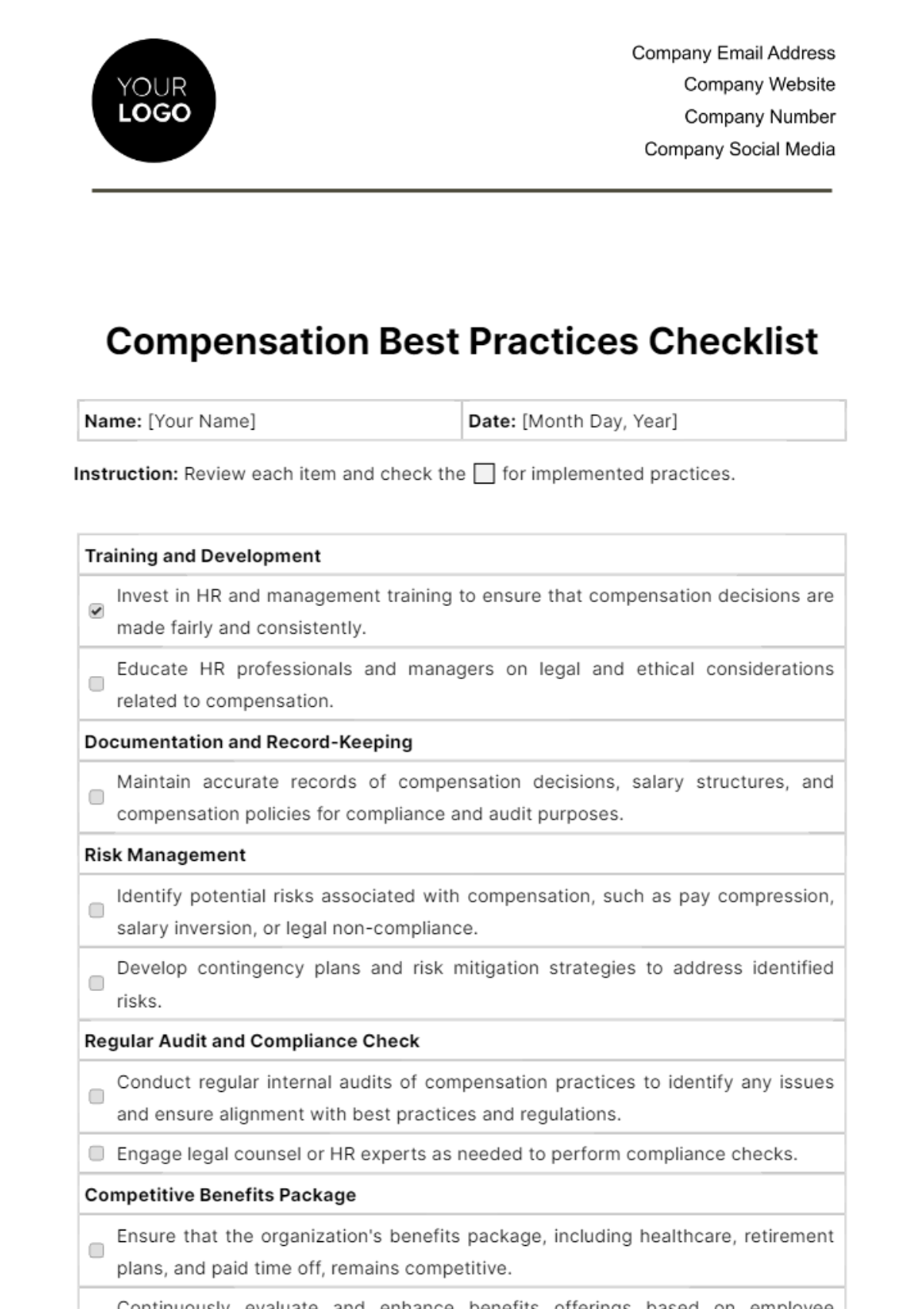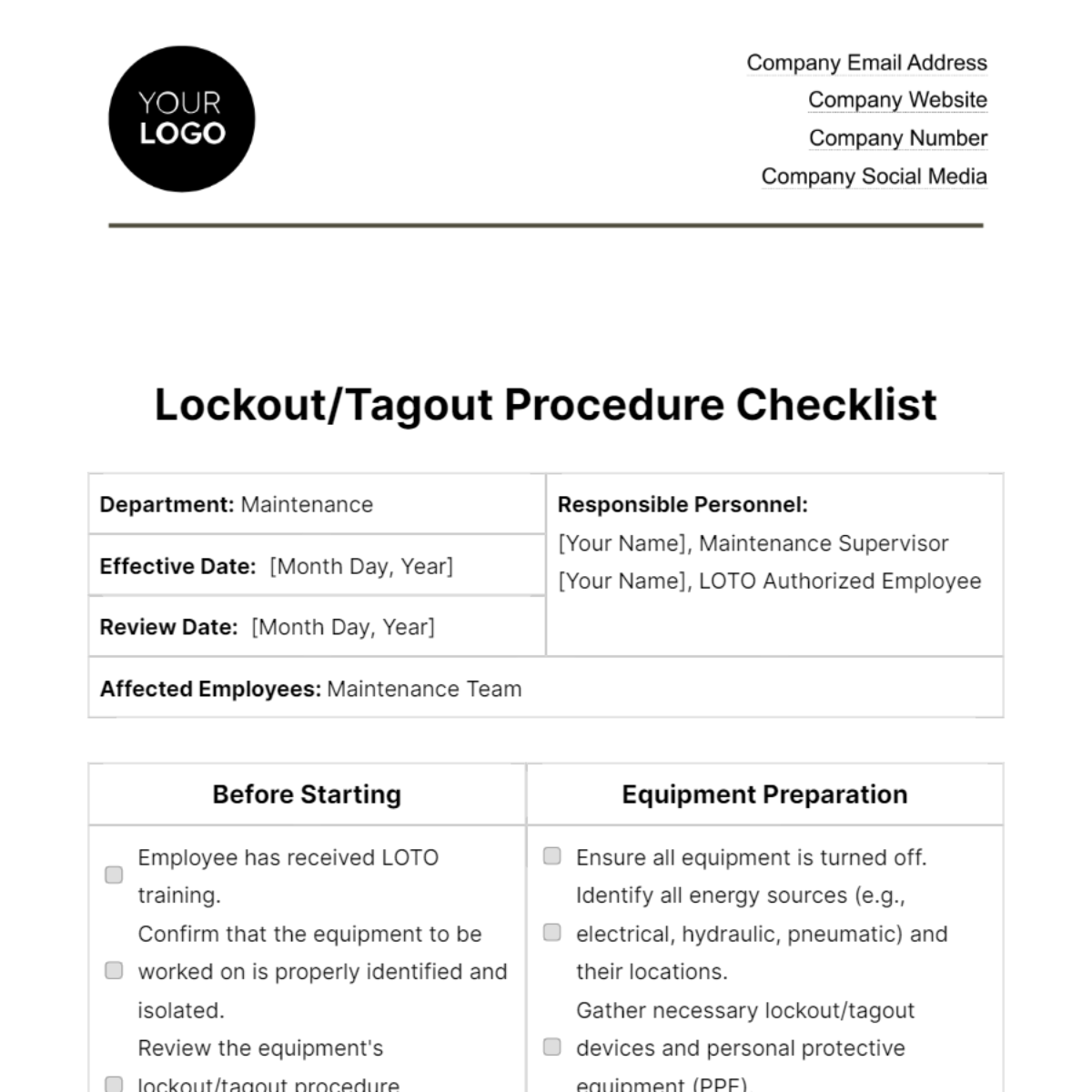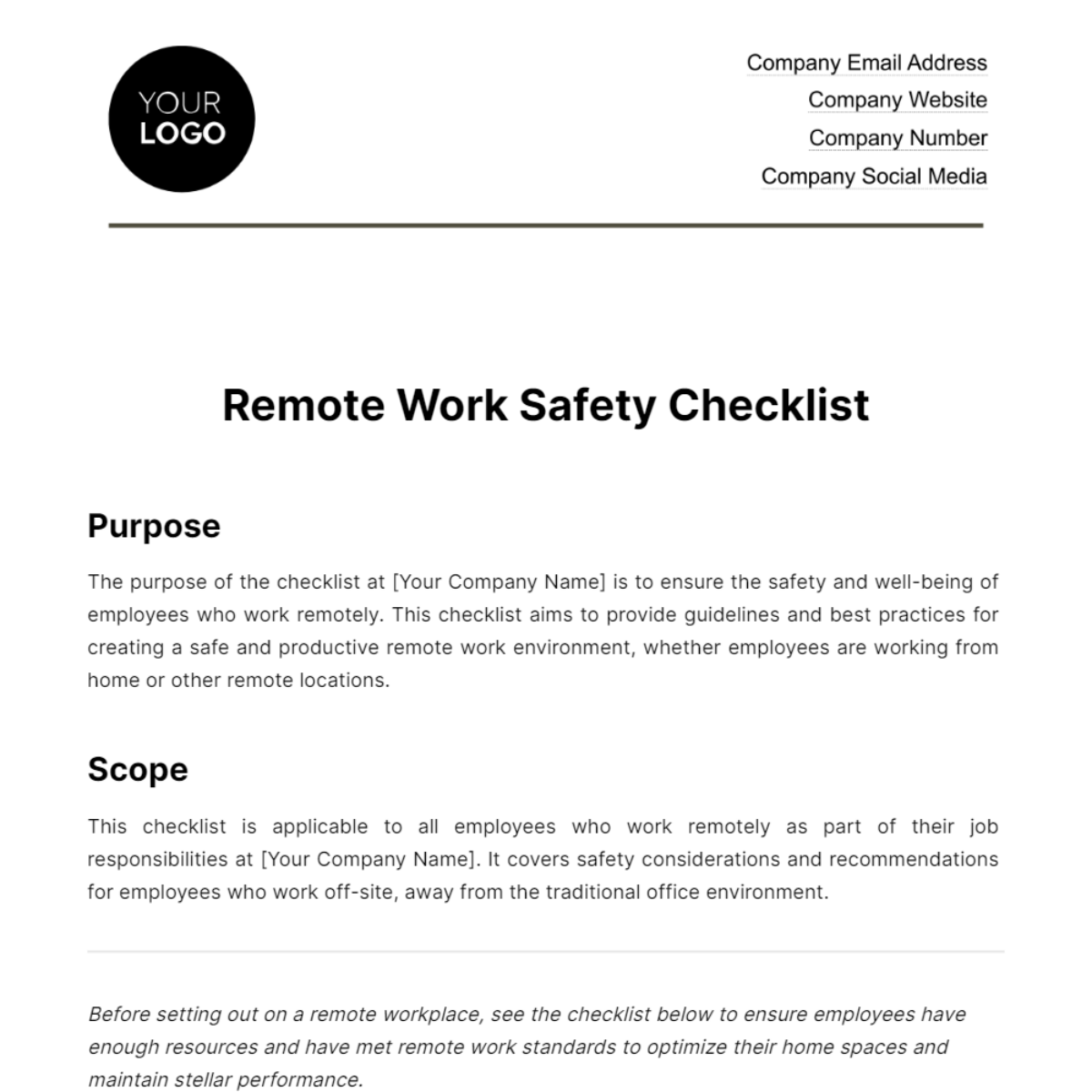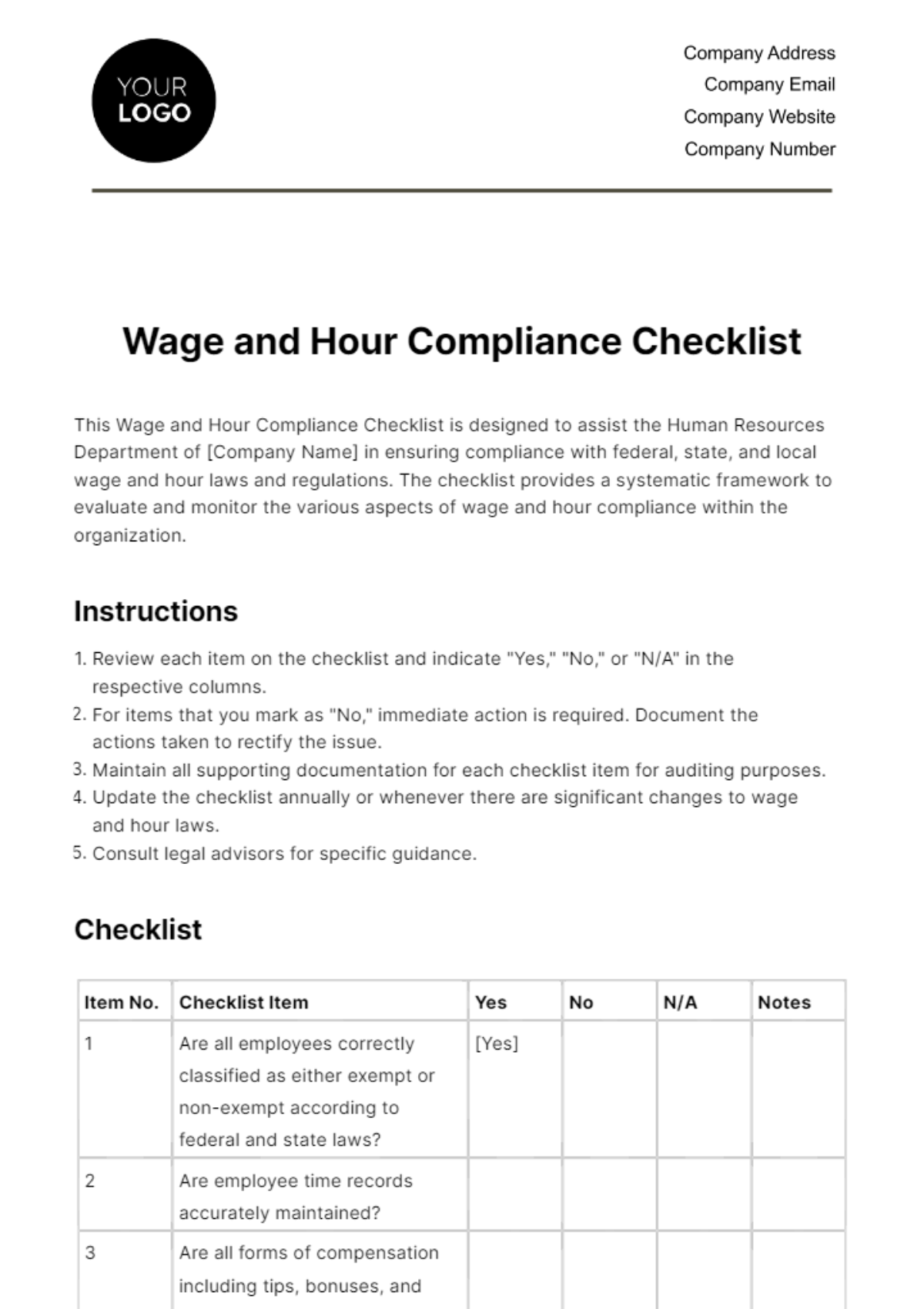Administration Data Protection Compliance Checklist
This checklist provides a structured guide to ensure data protection compliance within your organization. Follow this checklist to manage, protect, and monitor the personal and sensitive data you handle.
I. Data Collection and Processing
Ensure all data collected is necessary and relevant for business purposes. | |
Implement procedures for obtaining explicit consent for data collection, where required. | |
Regularly review and update data collection forms to align with current privacy regulations. | |
Document the legal basis for processing personal data for each processing activity. |
II. Data Storage and Security
Encrypt sensitive data both in transit and at rest. | |
Implement access controls to restrict unauthorized access to personal data. | |
Regularly review and update security measures to mitigate emerging threats. | |
Maintain an inventory of all systems and locations where personal data is stored. |
III. Data Retention and Disposal
Establish clear retention periods for different types of personal data. | |
Regularly review and delete outdated or unnecessary personal data. | |
Ensure secure disposal methods, such as shredding or permanent deletion, for data no longer needed. |
IV. Data Subject Rights
Provide mechanisms for data subjects to exercise their rights, including access, rectification, and erasure. | |
Respond to data subject requests within the time frame specified by applicable regulations. | |
Train relevant staff on handling data subject requests and ensuring compliance. |
V. Data Breach Response
Develop and maintain a data breach response plan outlining procedures for detecting, reporting, and mitigating breaches. | |
Conduct regular training and drills to ensure staff are prepared to respond effectively to data breaches. | |
Document all data breaches, including their causes and remediation actions taken. |
VI. Data Protection Impact Assessments (DPIAs)
Conduct DPIAs for high-risk processing activities, as required by applicable regulations. | |
Document DPIA findings and implement measures to mitigate identified risks. | |
Incorporate DPIAs into the decision-making process for new projects or initiatives involving personal data. |
VII. Privacy Notices and Policies
Maintain up-to-date privacy notices informing individuals about how their data is collected, used, and shared. | |
Regularly review and update privacy policies to reflect changes in data processing practices or regulations. | |
Ensure privacy notices and policies are easily accessible to individuals, such as on the company website. |
VIII. Employee Training and Awareness
Provide regular training to employees on data protection laws, regulations, and company policies. | |
Raise awareness among employees about their responsibilities for protecting personal data. | |
Encourage reporting of any potential data protection issues or concerns by employees. |
IX. Vendor Management
Assess the data protection practices of third-party vendors before engaging their services. | |
Include data protection requirements in contracts with vendors, including obligations for data security and compliance. | |
Monitor vendor compliance with data protection requirements through audits and assessments. |
X. Compliance Monitoring and Review
Establish processes for ongoing monitoring of compliance with data protection regulations. | |
Conduct regular audits and reviews of data protection practices to identify areas for improvement. | |
Keep abreast of changes in data protection laws and regulations, and update practices accordingly. |

